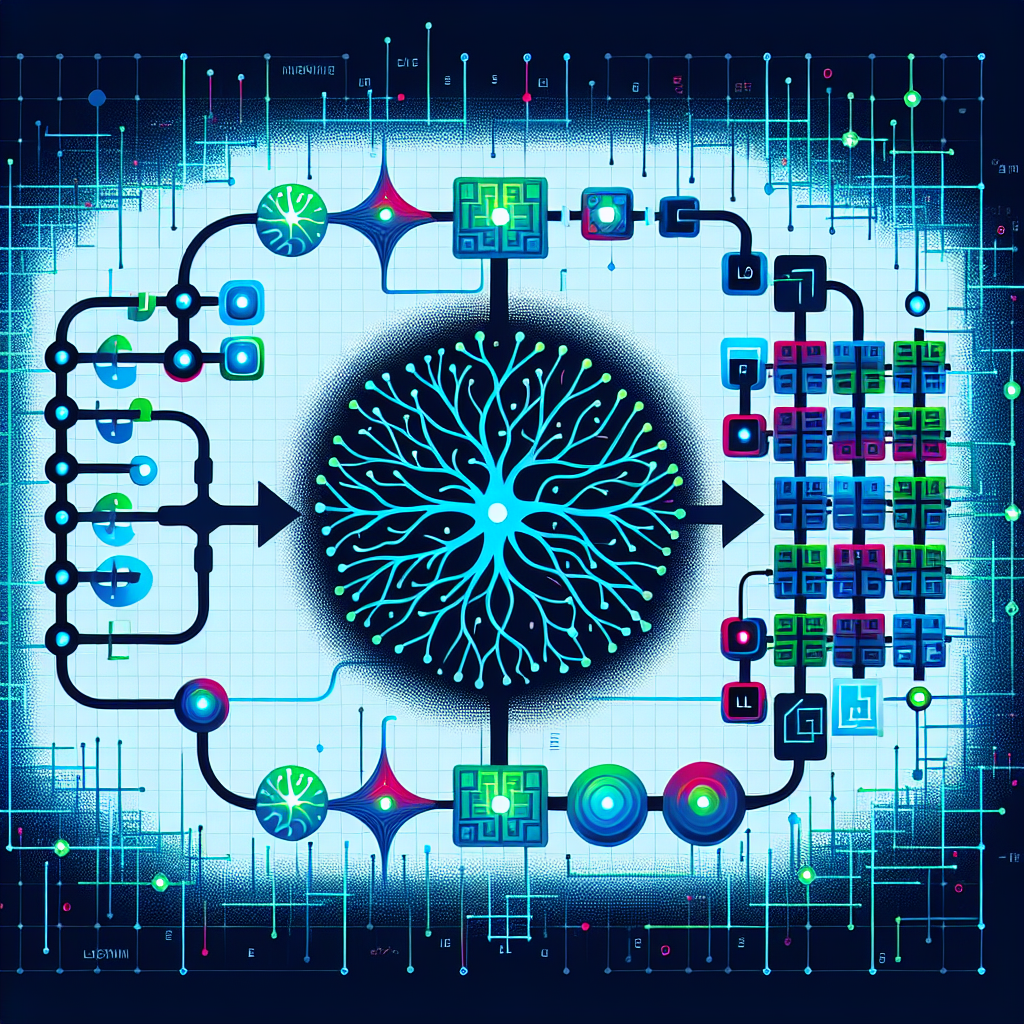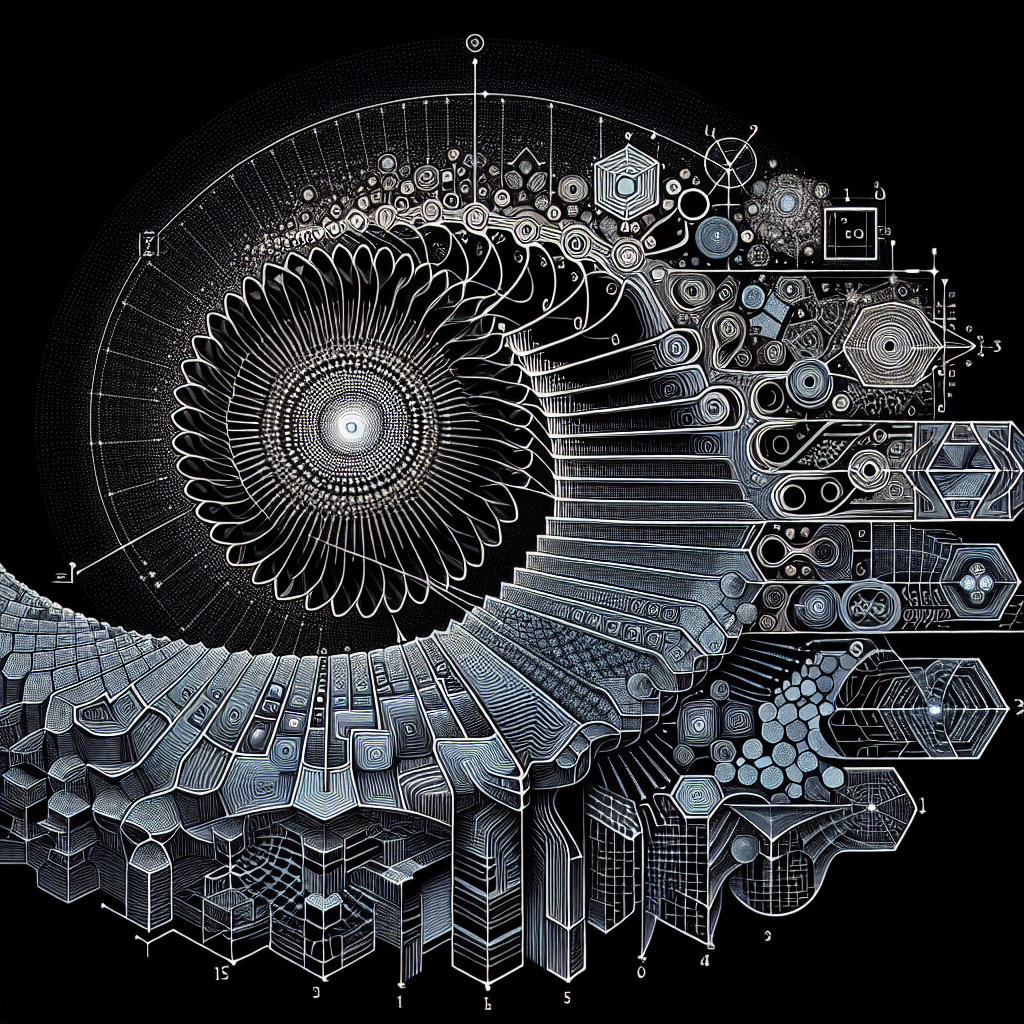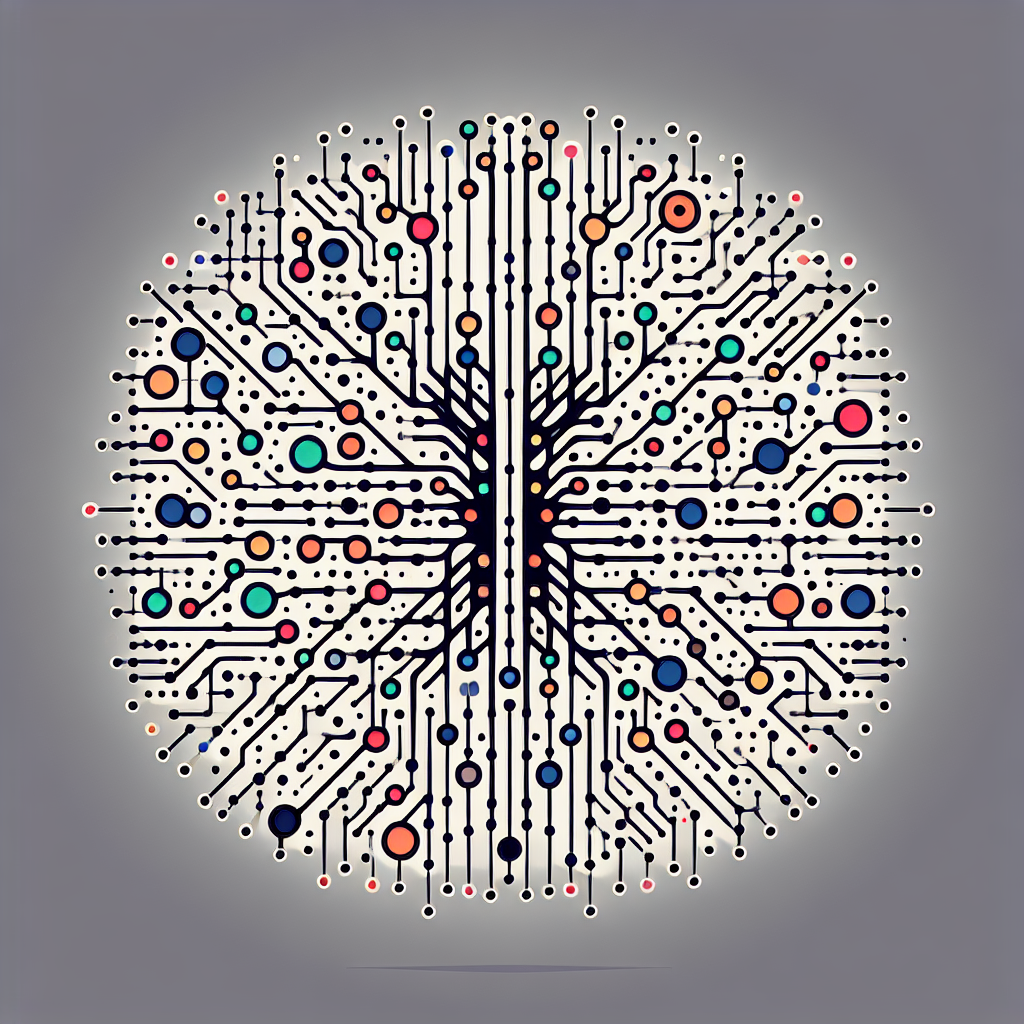Fix today. Protect forever.
Secure your devices with the #1 malware removal and protection software
Recurrent Neural Networks (RNNs) are a powerful type of artificial neural network that is designed to handle sequential data. They have been widely used in various applications such as natural language processing, speech recognition, and time series prediction.
Two popular variations of RNNs that have gained significant attention in recent years are the Long Short-Term Memory (LSTM) and Gated Recurrent Unit (GRU) architectures. These gated architectures are designed to address the vanishing gradient problem that occurs in traditional RNNs, which makes it difficult for the network to learn long-term dependencies in sequential data.
LSTM and GRU architectures incorporate gating mechanisms that control the flow of information within the network, allowing them to selectively remember or forget information at each time step. This makes them well-suited for tasks that require capturing long-term dependencies in sequential data.
Understanding LSTM:
The LSTM architecture was introduced by Hochreiter and Schmidhuber in 1997 as a solution to the vanishing gradient problem in traditional RNNs. The key components of an LSTM unit include a cell state, an input gate, a forget gate, and an output gate. These gates allow the LSTM unit to regulate the flow of information by selectively updating the cell state, forgetting irrelevant information, and outputting relevant information.
The input gate controls the flow of new information into the cell state, while the forget gate regulates the amount of information that is retained in the cell state. The output gate determines the information that is passed on to the next time step or output layer. This gating mechanism enables LSTM networks to effectively capture long-term dependencies in sequential data.
Understanding GRU:
The GRU architecture was proposed by Cho et al. in 2014 as a simplified version of the LSTM architecture. GRUs have two main components: a reset gate and an update gate. The reset gate controls how much of the past information should be forgotten, while the update gate determines how much of the new information should be incorporated.
Compared to LSTM, GRUs have fewer parameters and are computationally more efficient, making them a popular choice for applications where computational resources are limited. Despite their simpler architecture, GRUs have been shown to perform comparably well to LSTMs in many tasks.
In conclusion, LSTM and GRU architectures are powerful tools for handling sequential data in neural networks. Their gated mechanisms enable them to effectively capture long-term dependencies and learn complex patterns in sequential data. Understanding the differences between LSTM and GRU architectures can help researchers and practitioners choose the appropriate model for their specific application. As research in RNN architectures continues to advance, LSTM and GRU networks are expected to remain key components in the development of cutting-edge AI technologies.
Fix today. Protect forever.
Secure your devices with the #1 malware removal and protection software
#Understanding #LSTM #GRU #Gated #Architectures #Recurrent #Neural #Networks,recurrent neural networks: from simple to gated architectures









